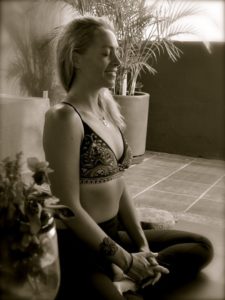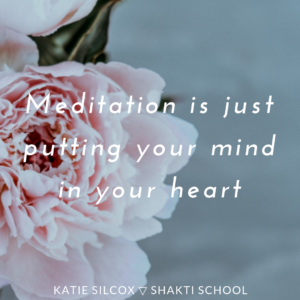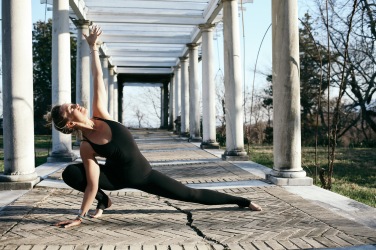We're living in the midst of an anxiety epidemic, so in today's episode, Katie discusses her personal journey with anxiety and depression and shares the sweet practices she uses for overcoming anxiety.
Learn why struggling with anxiety is so common in our modern world, what this has to do with our nervous system state and the Ayurvedic perspective on anxiety, fear and related emotions. At the end of the episode, Katie leads you through a guided practice to help you in overcoming anxiety.
In this episode about overcoming anxiety, you'll hear:
~ Why mental health is such a big deal in today’s world
~ The power of naming something
~ Anxiety is not a disease
~ A PTSD Culture
~ The Kali Yuga/the Time of a Quickening
~ The nervous system and psychic constipation
~ States of the nervous system
~ Fear can be healthy
~ Anxiety vs Fear
~ Samsara - the Wheel of Repetition
~ Working in the Healing Arts
~ The relationship between perfectionism and anxiety
~ Pop meditation and anxiety
~ Namaha: that’s not mine
~ Constriction vs Spaciousness
~ A special practice for overcoming anxiety
Or Subscribe on iTunes
Learn more:
Help us Spread our Podcast Wings
Did you love this episode about overcoming anxiety? This show is a passion project that I produce for the love of sharing. If you enjoy this show and want a free and easy way to help it grow, the most effective way you can help is to:
- Subscribe to the show by clicking “subscribe” in iTunes
- Write us a review in iTunes
- Share this show with one friend right now!
It’s simple, but you’d be AMAZED to know how much it helps my little love project reach more people. iTunes’ algorithm uses ratings and reviews to know who to show our show to in their app.
Here’s the link to leave us reviews in iTunes.
From my heart to your screen,
Katie
 Our culture supports individual effort and perfection. In fact, I recently read about an experiment done on two groups of people, one from the United States, and another group from Japan. Each group was shown an image that included an individual scuba diver sinking into an ocean full of fish and other marine life. The group was given a few minutes to look over the image, and was later asked to recall what was presented there.
Our culture supports individual effort and perfection. In fact, I recently read about an experiment done on two groups of people, one from the United States, and another group from Japan. Each group was shown an image that included an individual scuba diver sinking into an ocean full of fish and other marine life. The group was given a few minutes to look over the image, and was later asked to recall what was presented there.



